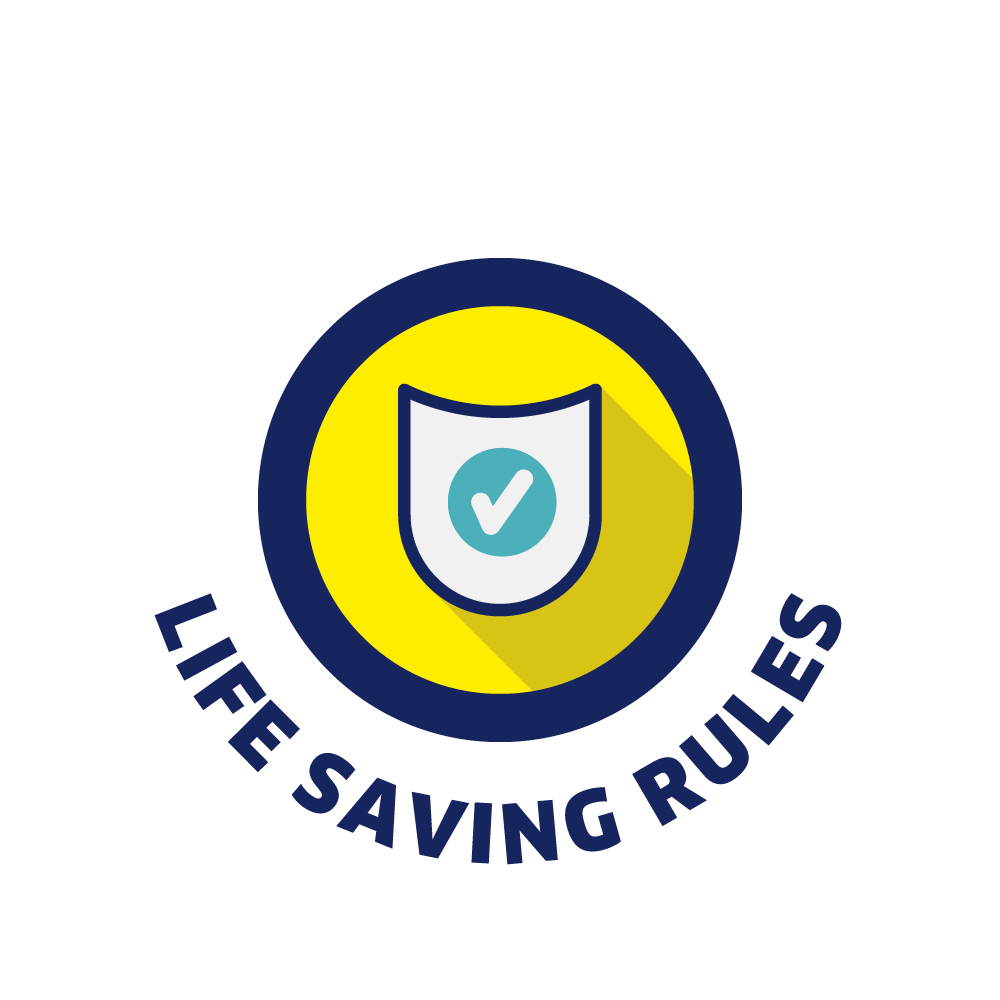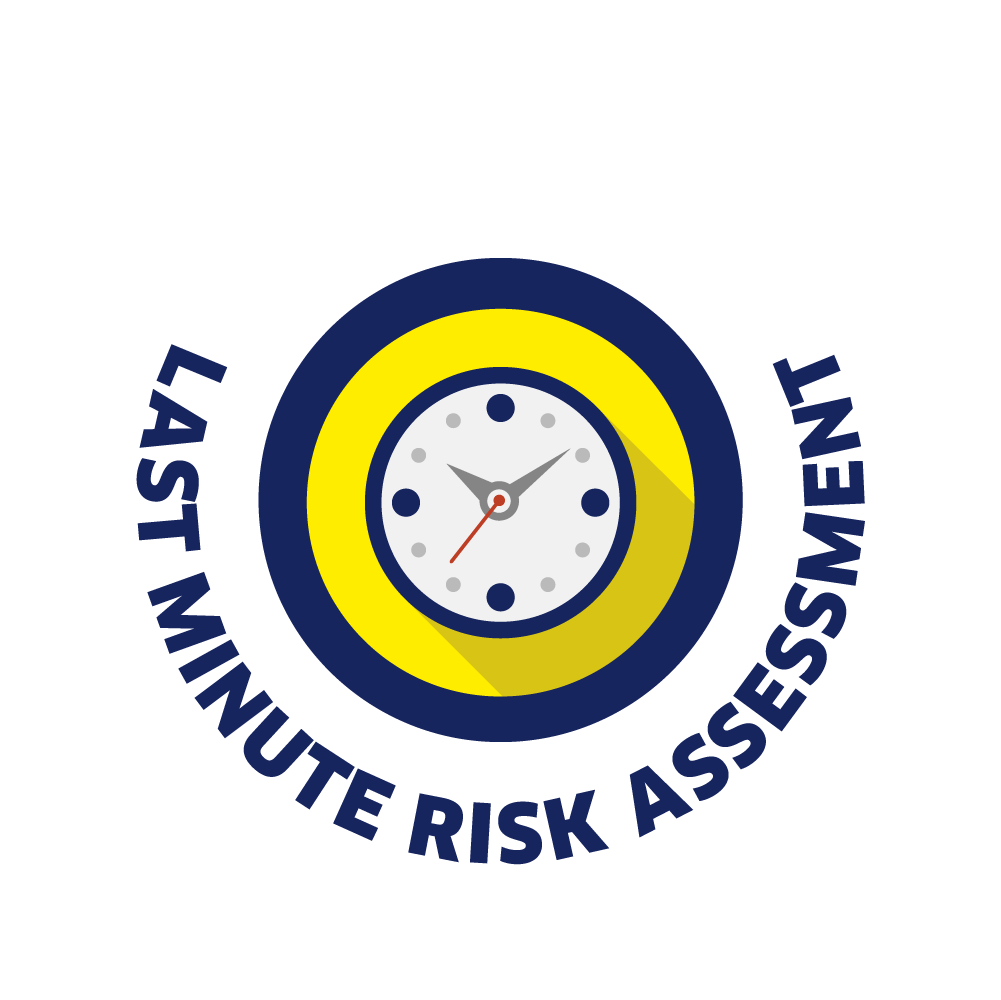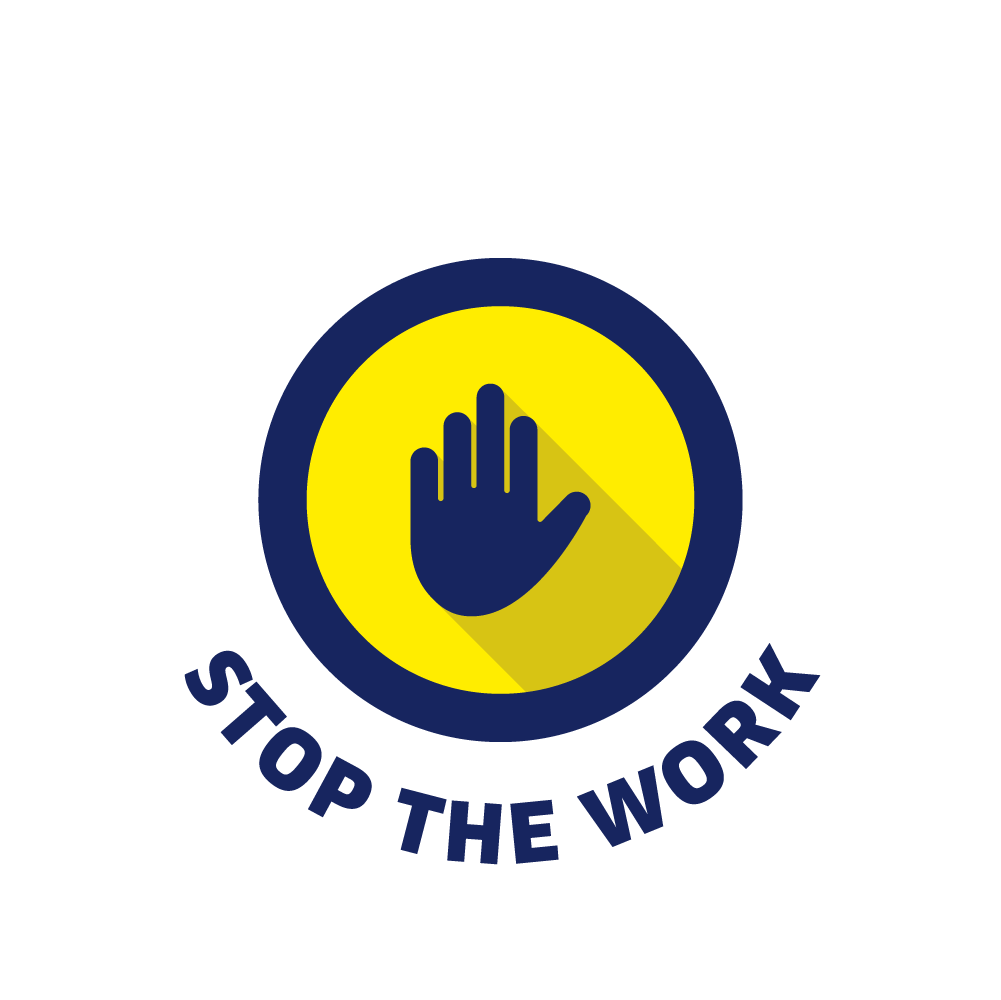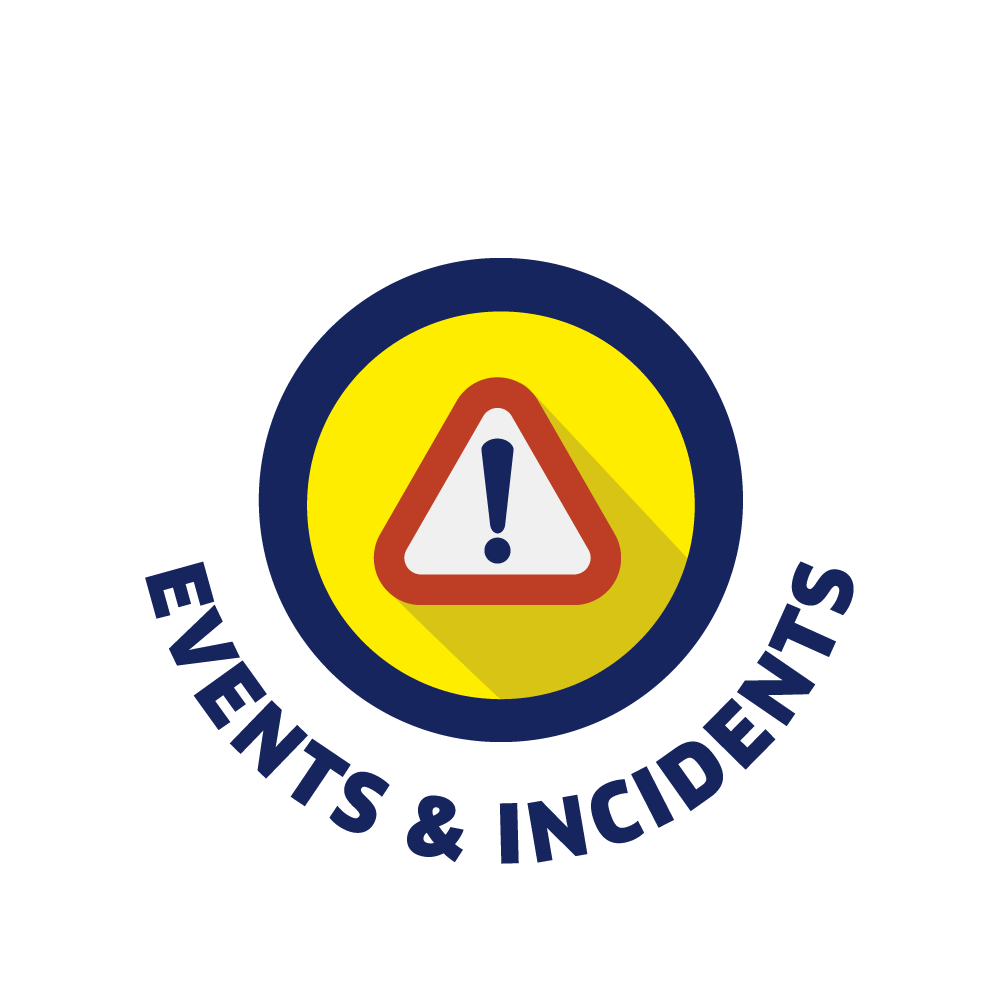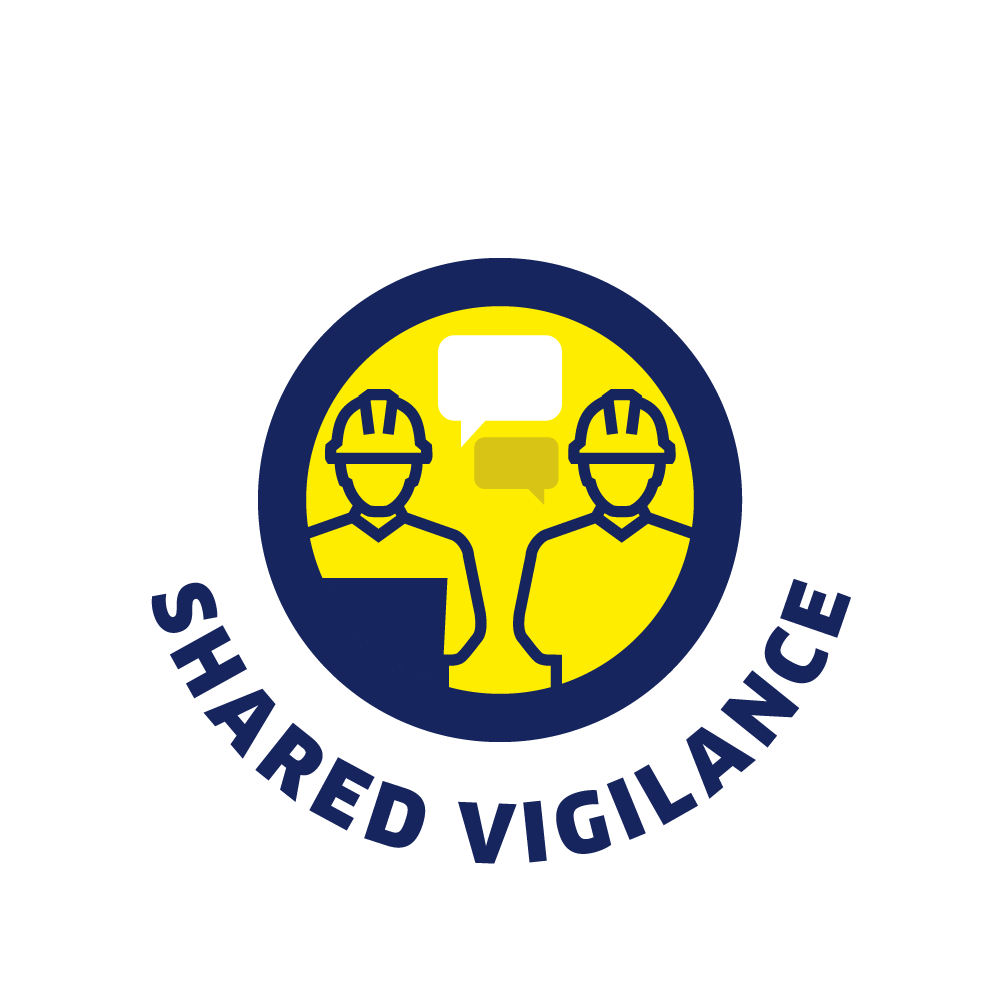Supporting our (sub)contractors throughout their activities for ENGIE to ensure their safety. ENGIE’s objective is to achieve 0 accidents, particularly serious and fatal accidents, by doing everything possible to protect the health and safety of employees and (sub)contractors. Whatever the level of (sub)contracting.
— ENGIE’s Global Framework Agreement on Fundamental Rights and Social Responsibility (2022)
